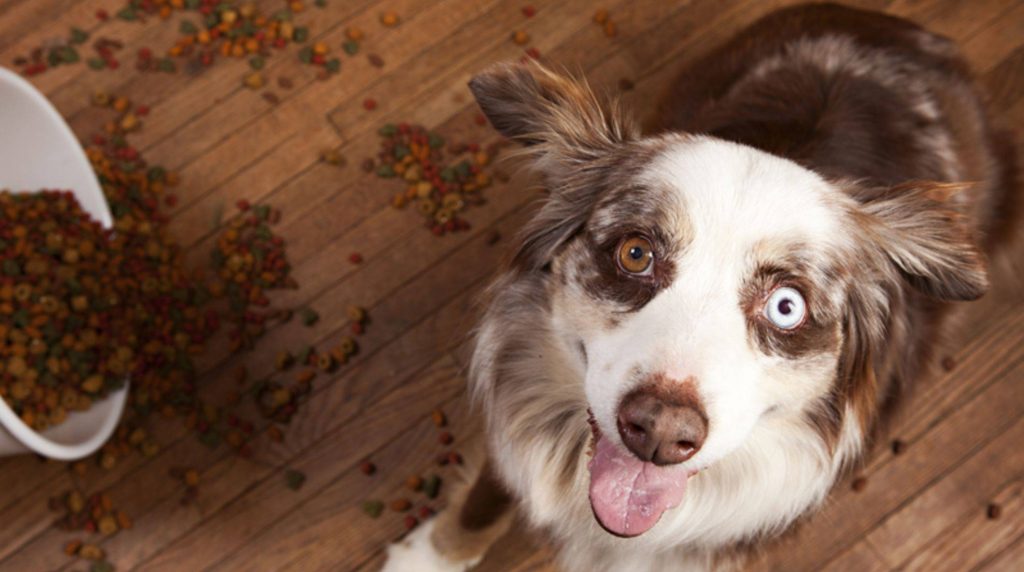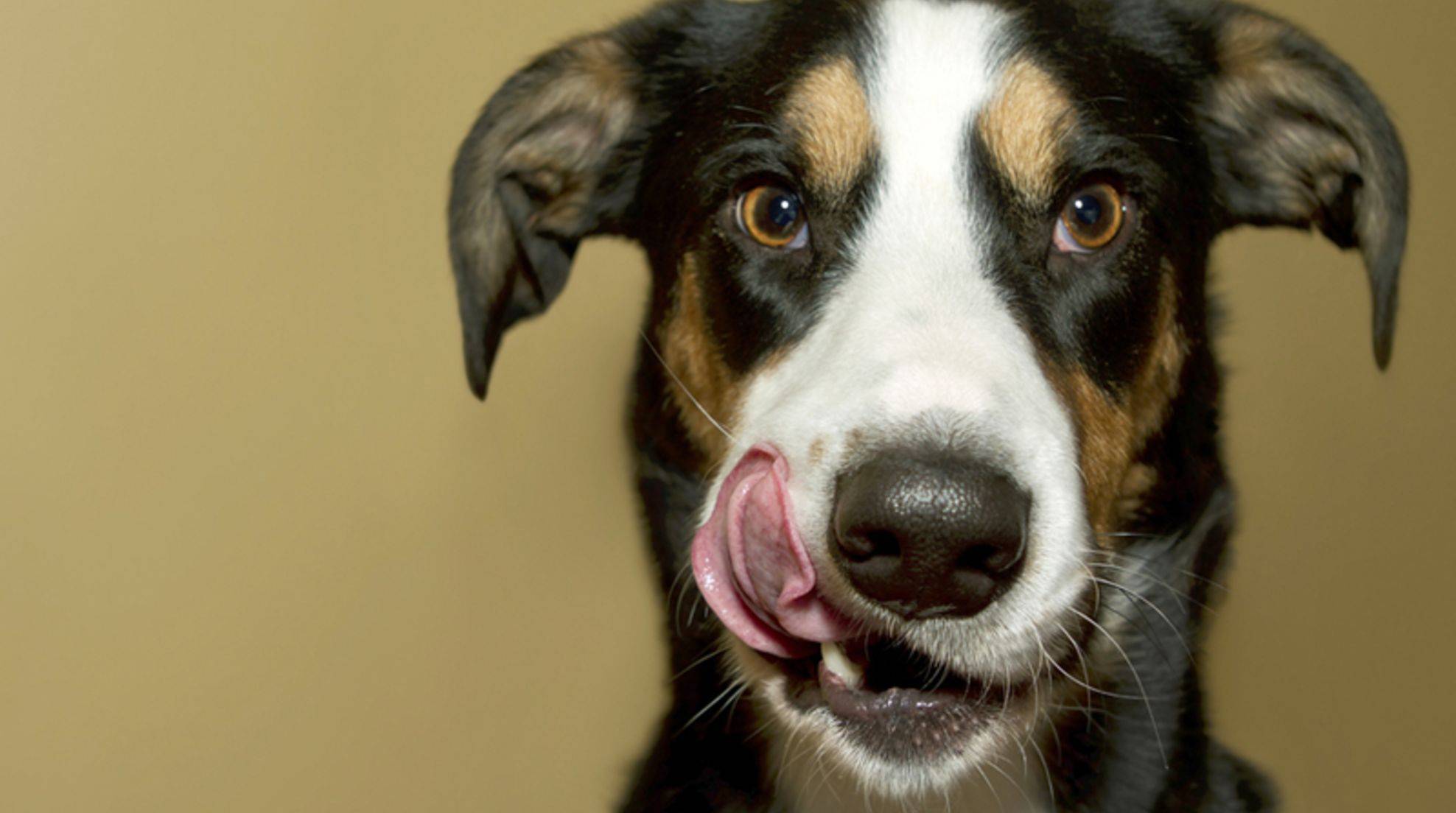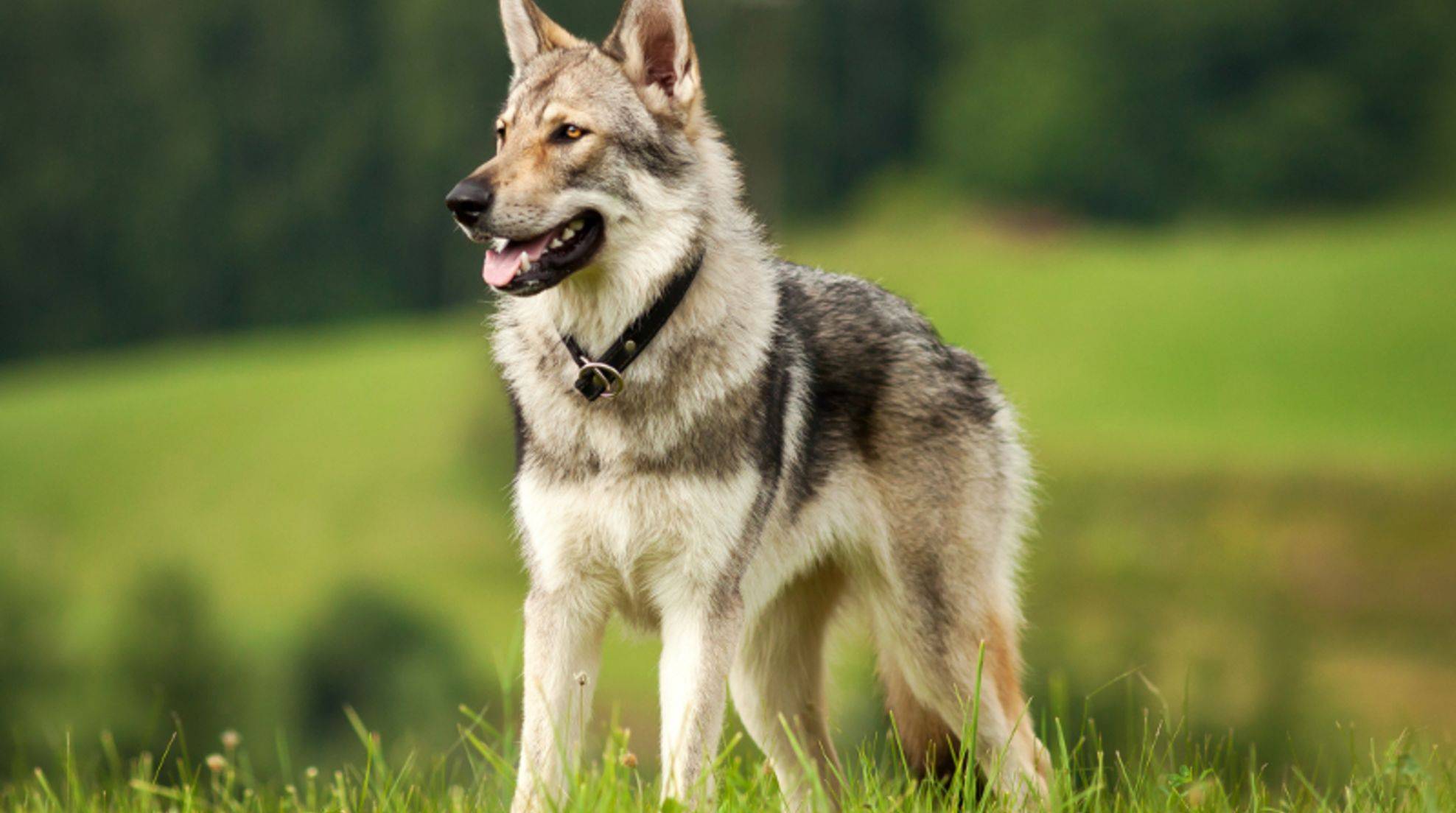Dog food: 5 ingredients that no dog needs
Whether dog food contains good ingredients and is of high quality is not revealed by looking at the price tag, but by looking at the list of ingredients. However, the information on the label is not always immediately understandable. Your four-legged friend can safely do without the following five ingredients.
“Animal by-products”, “oils and fats”, “E 123”, … the ingredient list on dog food packaging is often full of puzzling terms. In order to reduce production costs, save on quality and still make the food palatable for dogs, manufacturers occasionally “cheat” unnecessary fillers and additives into the food to stretch it. However, this does not mean that cheap dog food is automatically worse than expensive products. You can recognize inferior goods above all by a view of the contents materials. You should be wary of the following claims.
- beware of E-numbers: Artificial additives in dog food
As with finished products for humans, artificial additives in dog food are also identified by so-called E-numbers. These can be preservatives that extend the shelf life of the food, flavorings, attractants and appetite stimulants, or colorants. Many of these additives are suspected of causing allergies in sensitive dogs. Amaranth (E123), for example, colors the meat a beautiful red, so it looks appetizing and seems fresher to the dog owner (your woof, on the other hand, is completely indifferent to the red color). It is suspected of causing intolerances, skin reactions and asthma.
Also unnecessary and controversial are flavor enhancers labeled with E numbers between E 620 and E 637. These include, for example, glutamates, which are also repeatedly discredited in humans because they allegedly trigger indisposition, digestive problems and headaches. In addition, flavor enhancers, as well as sweeteners, flavorings, attractants and appetite stimulants can make the dog food so tasty for your four-legged friend that he eats too much of it and the risk of obesity increases. If the remaining ingredients are also of inferior quality, the woof may lack important nutrients and gradually develop deficiency symptoms. A harmful effect could not be proven with the certified materials so far doubtless, but for a healthy dog nutrition they are at least superfluous. The fewer E-numbers on the list for ingredients, the better.
2 “Animal by-products” are mostly unnecessary ingredients.
On ingredient lists, you can sometimes find the rather vague term “animal by-products.” Unless it says “food grade,” it’s usually some kind of offal that’s unfit for human consumption. Animal by-products include hooves, feathers, beaks, hair, blood, cartilage, bones, urine and offal. This sounds unappetizing, but it is not necessarily harmful. The problem here is that no one can understand what exactly is behind the term. If it concerns however meaningful additions in the dog fodder, usually more near differentiated, around which animal by-products it concerns. If the term is just a blanket statement, it is usually ingredients that your dog can not use so well and are therefore unnecessary.
- cheap fillers mean mostly worse quality
But there are also vegetable by-products. These are plant waste, for example, core, shells and stems, straw or press residues from vegetable oil production. Your four-legged friend can’t use these ingredients, they only serve to fill up the food so that it looks like more than it is. Grains are also popular as an inexpensive filler. A few carbohydrates and some grains, corn and rice may be fine for your woof, but too much of them means too little high-quality meat at the same time. The further up front ingredients are listed on the ingredient list, the higher their percentage in the dog food. Sometimes the vegetable fillers are broken down into their individual parts to make the total percentage look lower. So look closely. Other unnecessary fillers include animal meal, dairy products and bakery products.
- molasses and sugar? Your dog does not need
Sugar is occasionally added to dog food to improve the taste. While humans are fine with sugar in moderation, it is completely unnecessary for dogs. The tricky part is that sugar is not always labeled as such on the ingredient list. The sweet stuff can also be hidden behind the terms “molasses,” “glucose” and “fructose.” Dairy products are all waste products from the manufacture of cheese and dairy products; they may also contain lactose. Bakery products are leftovers from the preparation of breads, cakes, cookies, etc. – also a hidden sugar trap.
- oils and fats: what’s behind them?
“Oils and fats” – that sounds good, why shouldn’t a dog be able to use it? The difficult thing here is that the terms are too vague and it is not clear from them whether they are valuable, nutritious oils and fats for the dog or not. Behind this vague designation can hide for example also old deep-frying fat. Yuck!








